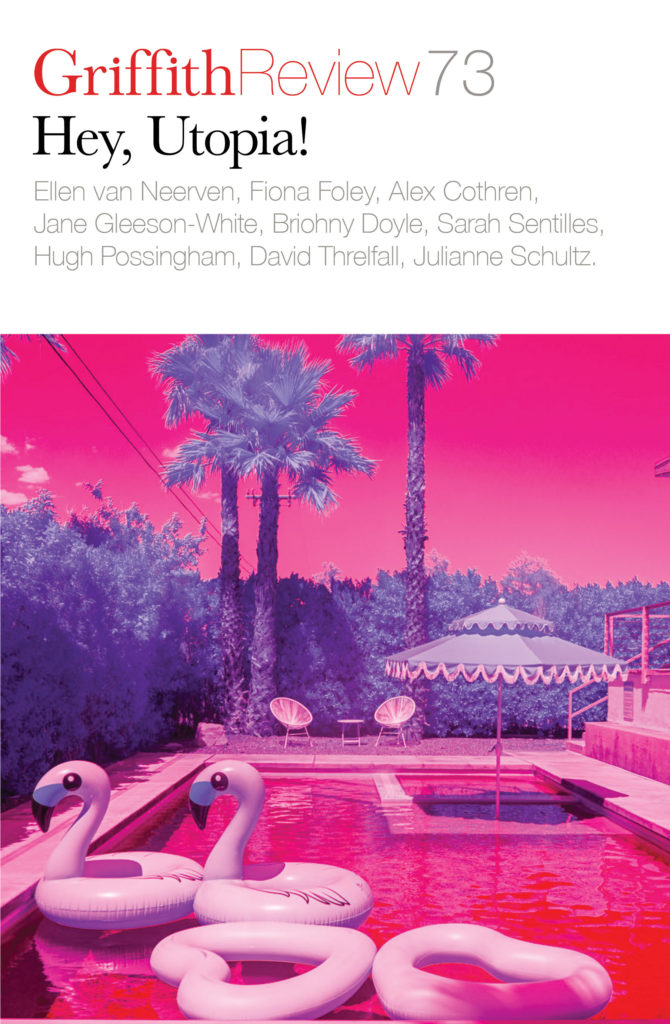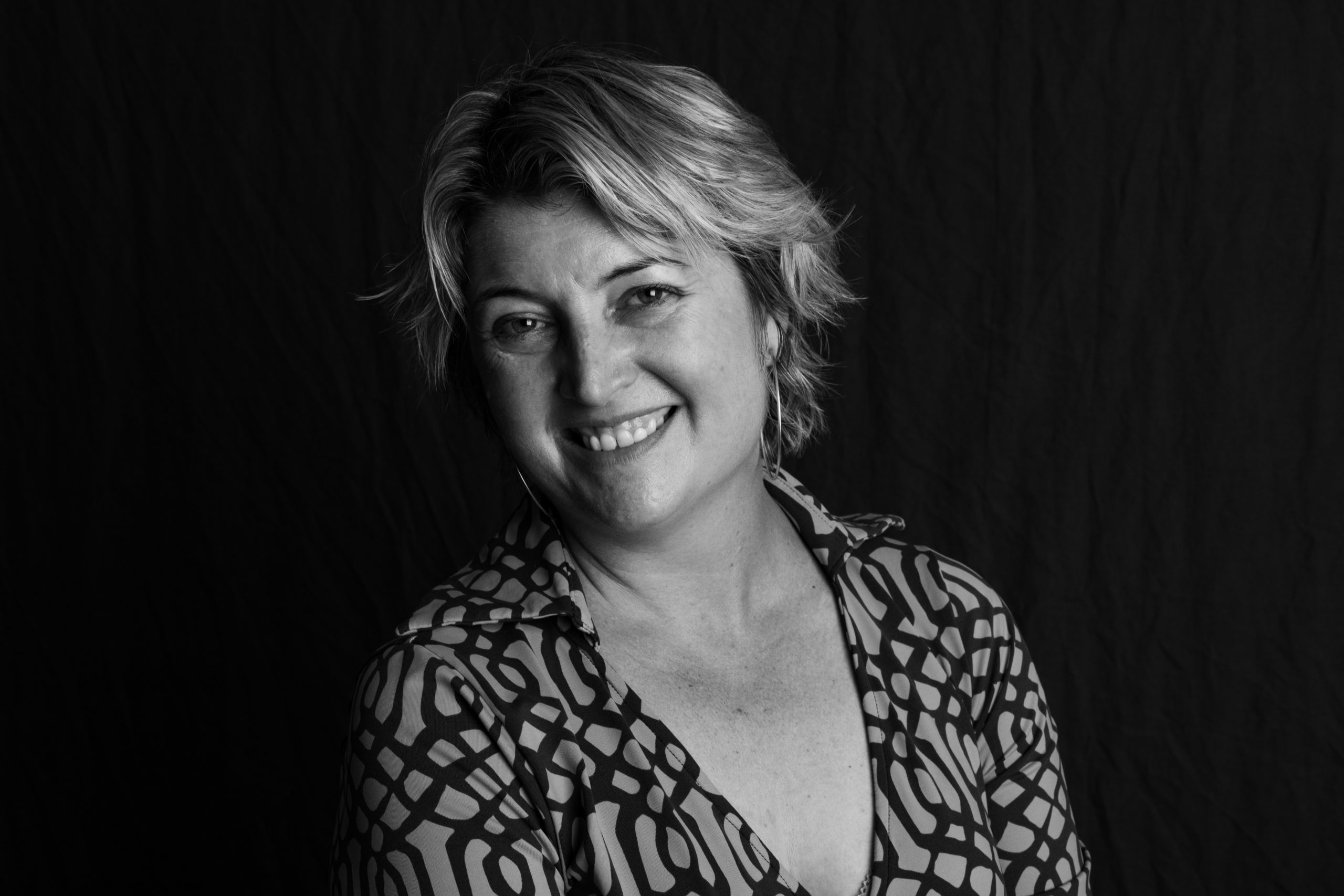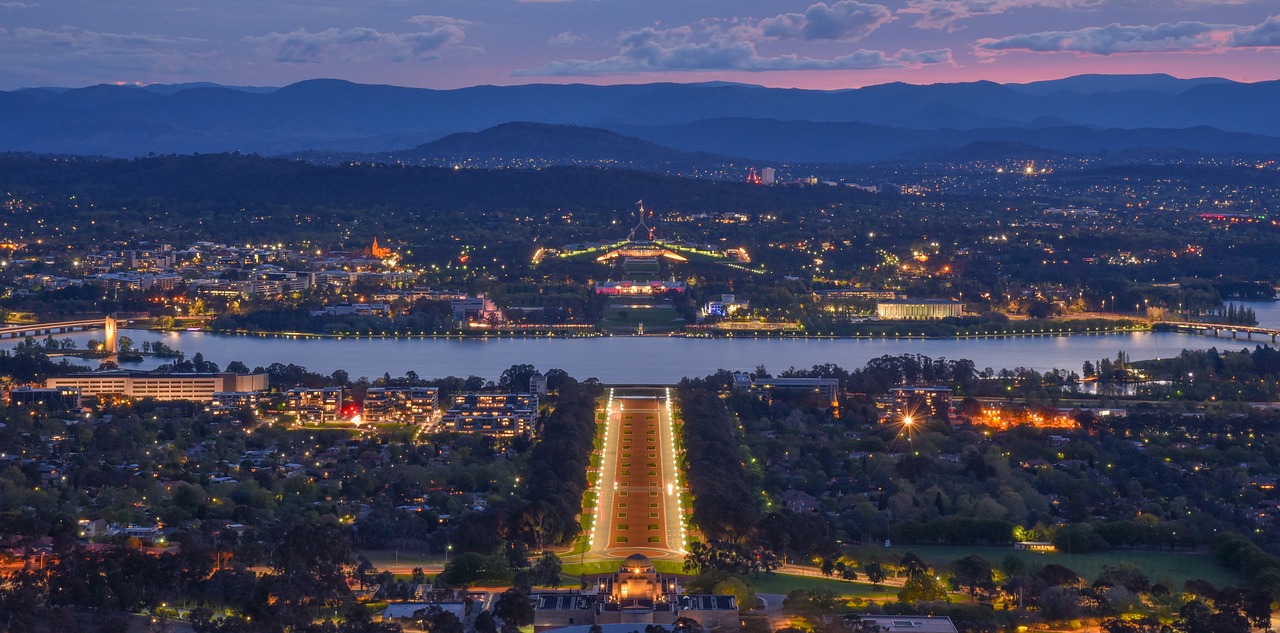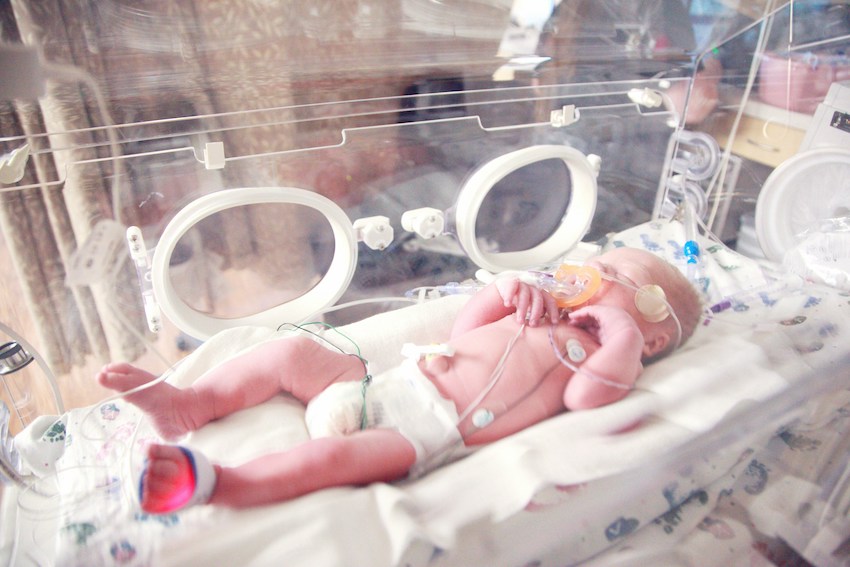Featured in

- Published 20210803
- ISBN: 978-1-922212-62-7
- Extent: 264pp
- Paperback (234 x 153mm), eBook


Already a subscriber? Sign in here
If you are an educator or student wishing to access content for study purposes please contact us at griffithreview@griffith.edu.au
Share article
About the author

Amanda Tattersall
Amanda Tattersall is a community organiser, researcher and former official at Unions NSW. She founded the Sydney Alliance, co-founded GetUp! and is host of...
More from this edition

Orphaned responsibility
EssayUTOPIAN IDEALS ARE ordinarily more ambitious, and romantic, than the desire to see a constitutional system functioning as it should. The latter sounds more...

Home, together, a family
MemoirAPPARENTLY, THE STEROIDS saved Charlotte’s life. Taking Charlotte out so early definitely saved Elizabeth’s life. The placenta was killing both of them: starving Charlotte...

Opposite day
PoetryToday is opposite day yesterday was Thursday, an ordinary day but today – is different the poor are rich the rich fight over a pot of boiled rice by...